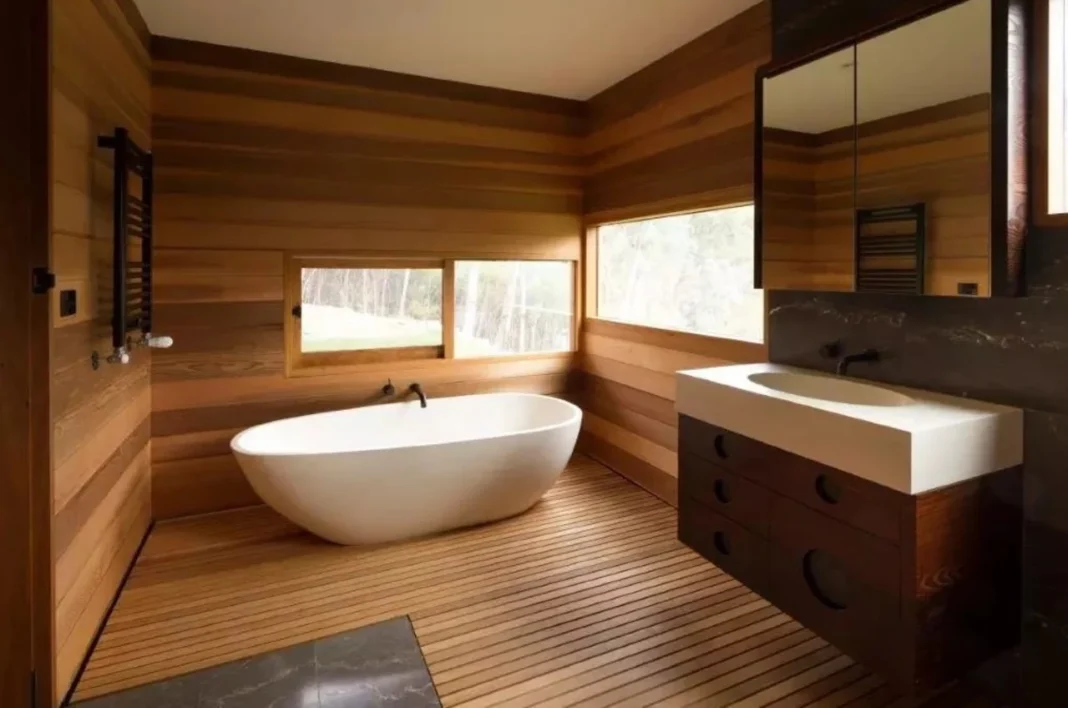When it comes to home renovations, sustainability should be a top priority. Bathrooms, in particular, offer numerous opportunities to reduce your environmental impact while also saving money on utility bills. As you embark on your green bathroom remodel journey, it’s essential to explore water and energy-efficient solutions that align with your eco-conscious values.
The Water Conservation Imperative
Water is a precious resource, and its conservation has become a global concern. Bathrooms account for a significant portion of household water consumption, with activities like showering, flushing toilets, and running faucets contributing to substantial water usage. By incorporating water-efficient fixtures and practices into your bathroom remodel, you can significantly reduce your water footprint and make a positive impact on the environment.
Choosing Water-Efficient Fixtures
One of the most effective ways to conserve water in your bathroom is by installing low-flow fixtures. These fixtures are designed to use less water without sacrificing performance, making them an eco-friendly and cost-effective choice.
- Low-Flow Showerheads and Faucets: Traditional showerheads can use up to 5 gallons of water per minute, while low-flow models typically use between 1.5 and 2.5 gallons per minute. Similarly, low-flow faucets can reduce water consumption by up to 30% compared to standard models.
- Dual-Flush and Low-Flow Toilets: Toilets are one of the biggest water consumers in the bathroom. Dual-flush toilets offer two flushing options, using less water for liquid waste, while low-flow toilets can significantly reduce water usage compared to older, inefficient models.
- Tankless Water Heaters: In addition to reducing water consumption, tankless water heaters can also contribute to energy efficiency by heating water on demand, eliminating standby energy losses associated with traditional tank-style heaters.
Greywater Recycling Systems
For those seeking even more advanced water conservation measures, consider installing a greywater recycling system. These systems capture and treat water from showers, sinks, and washing machines, allowing it to be reused for non-potable purposes such as flushing toilets or irrigating landscaping. While the initial investment may be higher, greywater recycling systems can significantly reduce your overall water consumption and environmental impact.
Energy Efficiency Strategies
Reducing energy consumption is another critical aspect of sustainable bathroom renovations. By incorporating energy-efficient practices and technologies, you can lower your carbon footprint while also saving money on utility bills.
- LED Lighting: LED bulbs are highly energy-efficient and long-lasting, making them an excellent choice for bathroom lighting. They consume significantly less energy than traditional incandescent or even compact fluorescent bulbs, reducing your energy usage and associated greenhouse gas emissions.
- Insulation and Weatherstripping: Proper insulation and weatherstripping can help maintain a consistent temperature in your bathroom, reducing the need for excessive heating or cooling and minimizing energy waste.
- Energy-Star Certified Appliances: When replacing bathroom appliances, such as exhaust fans or water heaters, look for Energy Star certified models. These products have undergone rigorous testing and meet strict energy efficiency guidelines, ensuring optimal performance and lower operating costs.
Personal Experience: A Sustainable Transformation
As someone who recently underwent a green bathroom renovation, I can attest to the tangible benefits of embracing water and energy efficiency. Initially, I was hesitant about the upfront costs associated with eco-friendly fixtures and systems. However, after doing the calculations and factoring in long-term savings, the investment quickly paid for itself.
One of the most significant changes we made was installing a dual-flush toilet and low-flow showerhead. The impact on our water bills was immediate and substantial. Additionally, we opted for LED lighting throughout the bathroom, creating a bright and inviting ambiance while significantly reducing our energy consumption.
Looking Ahead: Future-Proofing Your Investment
Investing in a green bathroom renovation not only benefits the environment but also future-proofs your investment. As concerns over climate change and resource scarcity continue to grow, eco-friendly homes will become increasingly desirable and valuable in the real estate market.
Furthermore, many municipalities and governments are implementing incentives and rebates for homeowners who adopt water and energy-efficient practices, making it even more financially attractive to go green with your bathroom remodel.
In the long run, a sustainable bathroom renovation can lead to substantial cost savings, increased property value, and the satisfaction of knowing that you are doing your part to protect the planet for future generations.
Conclusion
As you embark on your bathroom remodel journey, prioritizing water and energy efficiency should be at the forefront of your decision-making process. By incorporating eco-friendly fixtures, greywater recycling systems, and energy-efficient technologies, you can create a beautiful, functional, and sustainable bathroom that aligns with your environmental values.
Not only will these green renovations reduce your environmental impact, but they will also result in long-term cost savings and potentially increase the value of your home. Embrace the opportunity to create a bathroom that is both aesthetically pleasing and environmentally conscious – a true testament to your commitment to a greener future.


